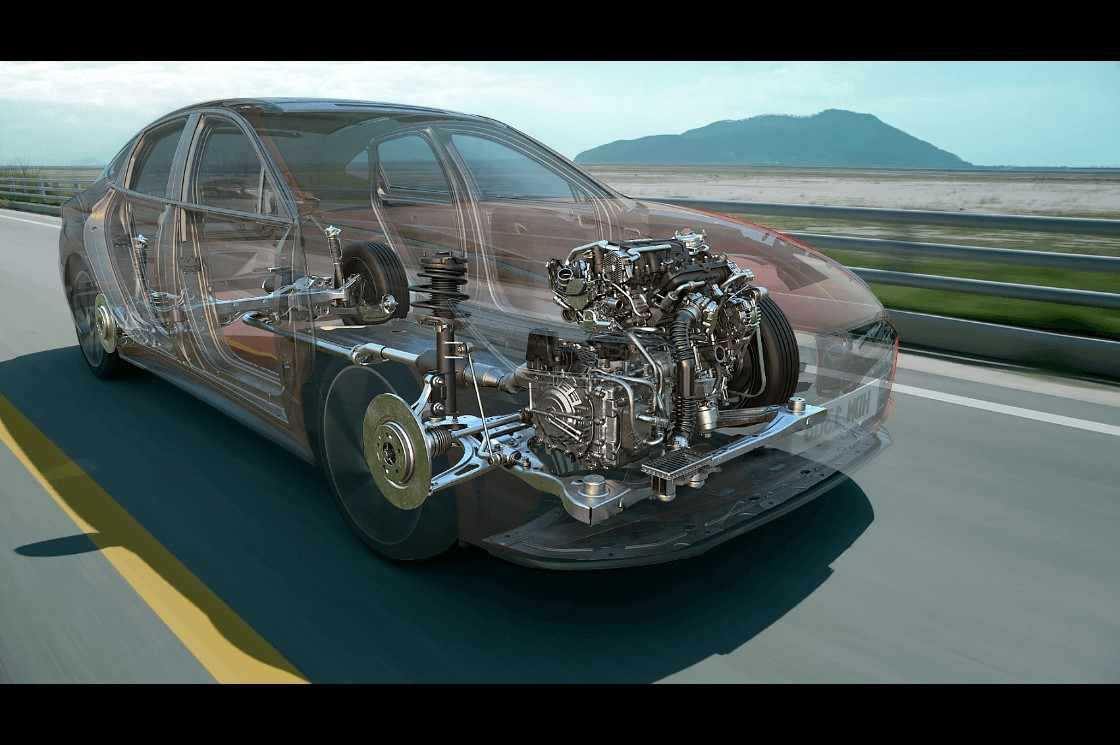
Auto Repair 101 - Engines & Fuel Systems
Overhauling an engine? That's complex. Getting a basic understanding of how they work? Well, that's actually quite simple.
Surprise yourself by taking a few minutes to learn how engines operate and what the fuel system does.
Auto Repair 101 Series - Engines & Fuel Systems
If you are a car or truck owner in St. Paul, Minneapolis, or the greater metropolitan Twin Cities, we encourage you to take time to understand how your vehicle works so you become a more informed customer when your needed repair and maintenance comes due.
To help with this, Bona Bros. is kicking off our Auto Repair 101 series with a closer look at how your car or truck’s engine works and how it interacts with other components to help power your car.
To make things easy, we will break this section up into six smaller areas with a particular focus on each (this article takes a close look at the fuel system).
- Fuel System
- Timing Belt
- Serpentine Belt
- Engine Air Filter
- Oil Change
- Check Engine Light
Fuel System

Most of us know that our gas engines need, well, gas to run! We fill up the tank, drive around, and do it again when the gauge gets low. But where does that fuel go exactly? It all starts with the fuel tank and fuel pump.
After you fill up your tank at the pump and turn on the engine, the fuel pump sends the gasoline through your car’s fuel lines and into your engine’s fuel injectors. However, before it gets there, it has to pass through a fuel filter that removes any dirt or sediment.
If your fuel filter is clogged and hasn’t been replaced according to your manufacturer’s recommendations, it can cause major engine issues. A clogged fuel filter doesn’t allow the proper amount of fuel to get to the engine, often resulting in acceleration issues, or worse, it won’t even start at all! Some vehicles on the road today have a bypass component that will simply send fuel around the filter and into the engine… dirt and all. This can lead to gumming and varnishing inside of your engine and quickly turns into a costly repair.
Hopefully it is clear why staying up to date on periodic maintenance and replacing these inexpensive components is worth the effort. Most vehicles recommend changing them every 30,000 miles but every one is unique so you should follow your owner’s manual.
Four Cycles of a Combustion Engine
Next comes the classic four cycles of an internal combustion engine: intake, compression, combustion, and exhaust.
Engines are often identified based on the number of cylinders they have (e.g. V4, V6, V8, etc.) and these cylinders each house a piston that undergoes the four cycles mentioned above. The piston turns a crankshaft, which in turn powers your wheels and propels your vehicle forward. As you guessed, the more cylinders you have, the more power your engine has.
Let’s take a closer look at each of the four cycles below.
Intake
The intake stroke starts with the piston at “Top Dead Center” or TDC. In this position, the intake valve is open and pulls in fuel from the fuel injector. As the piston moves downward, it also pulls in air creating a specific mixture of fuel and air within the combustion cylinder.
Compression
When the piston hits “Bottom Dead Center” or BDC, it has pulled in the allowable fuel air mixture and starts traveling back up to TDC. The result is a powerful compression force against the fuel air mixture within the cylinder.
Combustion
Once the piston hits TDC, it is at its maximum compression and the spark plug ignites the fuel air mixture, causing the piston to move back down again to BDC. This is the stroke that “powers” your engine because it moves a crankshaft that connects your piston and, ultimately, your wheels.
Exhaust
The final stroke is known as the outlet. As the piston returns from BDC back to TDC, the exhaust valve opens and pushes the spent fuel air mixture from the combustion phase out of the vehicle through the exhaust system. Once this is complete, the cycle starts over with the piston pulling in it’s fuel and air mixture.
In reality, this cycle repeats thousands of times per second and translates into your vehicle’s power. There are many variables that can tweaked so that your car has more power, such as more cylinders, changing the fuel/air mixture, and more.

Minnesota's extreme weather conditions are known to place extreme stress on our vehicles. That's one of the reasons why we cannot overstate how important it is to keep up on the routine maintenance of your vehicle, such as changing the fuel filter or replacing dirty spark plugs. Downstream issues such as clogged fuel injectors and valve covers can be very expensive if not tended to regularly.
That covers our look at how the fuel system works in your engine. In our next series, we will shed even more light on preventive maintenance by covering your vehicle’s lubricant and the need for oil changes.
In the meantime, if you have any questions on how this works or if you’d like to schedule a tune up, please don’t hesitate to call one of our service advisors. With over sixty-five years serving Fridley, New Brighton, and other cities, Bona Bros. would be happy to provide expert car repair and maintenance with a personal touch.


